What Is A First Order System
What is a first order system. A first order system is described by In this model x represents the measured and controlled output variable and ft the input function. Control of a First-Order Process Dead Time K. As before this system contains a single nonlinear energy-storage element and is characterized by a first-order nonlinear state equation.
The time constant is related to how long a system takes to reach the new steady state. 11 The Homogeneous Response and the First-Order Time Constant The standard form of the homogeneous flrst-order equation found by setting ft 0 in Eq. Chemical kinetics describes the rates of chemical reactions.
A 2n x n g 2 x. The system changes qualitatively and in a discontinuous manner. Main Difference First Order vs Zero Order Kinetics.
The first order control systems are stable with impulse and step inputs because these responses have bounded output. First-order predicate a predicate that takes only individual s constants or variables as argument s First-order predicate calculus. 1 is the same for all system variables.
Once again it is again straightforward to integrate. A firstorder differential equation is said to be linear if it can be expressed in the form. A first order control system is defined as a type of control system whose input-output relationship also known as a transfer function is a first-order differential equationA first-order differential equation contains a first-order derivative but no derivative higher than the first order.
This is known as second-order change First order change deals with the existing structure doing more or less of something and involving a restoration of balance. First we will consider a generic first order system then we will proceed with several examples. Consider a generic first order transfer function given by.
A system of n linear first order differential equations in n unknowns an n n system of linear equations has the general form. The system response to an initial condition y0 is.
This Demonstration shows the responses to a first-order transfer function.
Response of 1st Order Systems. It is a system whose dynamic behavior is described by a first order differential equation. But the impulse response doesnt have steady state term. With first-order change the ends of the system remain the same its the means of producing. The case n 0 has been considered above. The first order control systems are stable with impulse and step inputs because these responses have bounded output. First Order Systems First order systems are systems whose dynamics are described by the transfer function where is the systems steady-state gain is the time constant First order systems are the most common behaviour encountered in practice. 11 The Homogeneous Response and the First-Order Time Constant The standard form of the homogeneous flrst-order equation found by setting ft 0 in Eq. Transportation and measurement lags analysis times computation and communication lags all introduce DTs into control loops.
This is known as second-order change First order change deals with the existing structure doing more or less of something and involving a restoration of balance. You could view it as tinkering with the system doing more or less of something making an existing process better or more accurate and making incremental changes. Where P and Q are functions of x. Dy dt y 0 9 and generates the characteristic equation. Consider a generic first order transfer function given by. First-order logic a formal logical system used in mathematics philosophy linguistics and computer science. 1 is the same for all system variables.




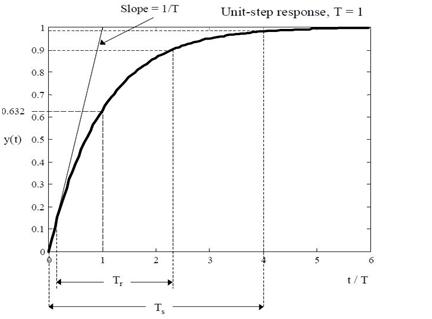
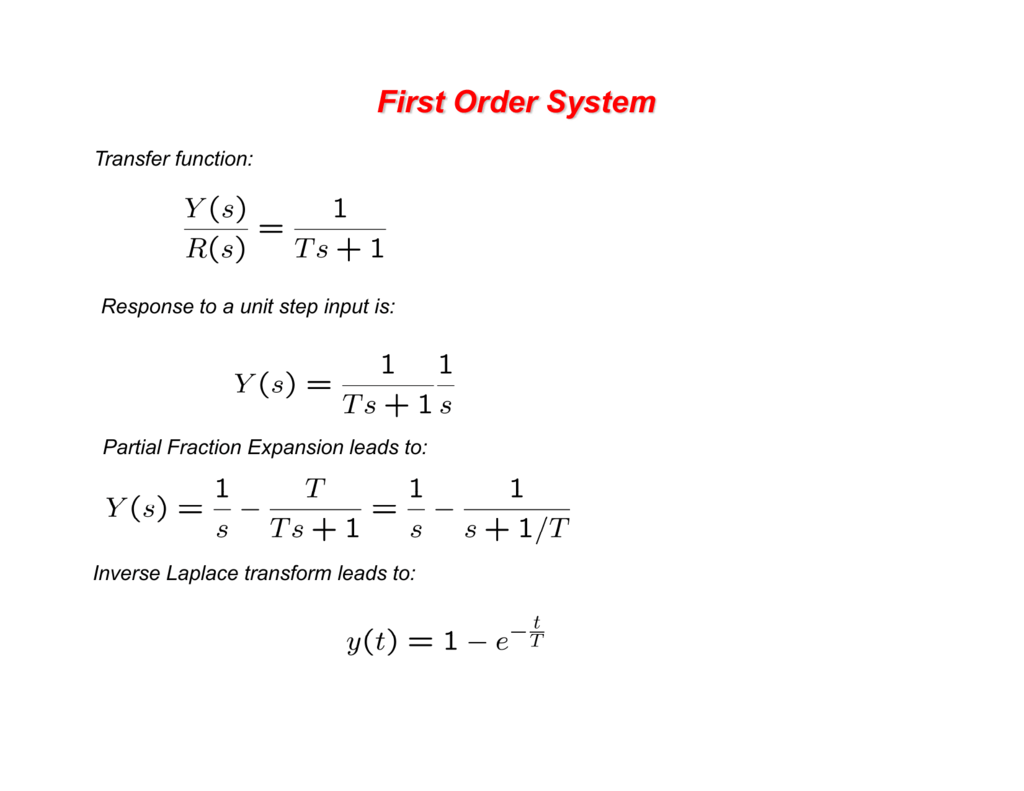

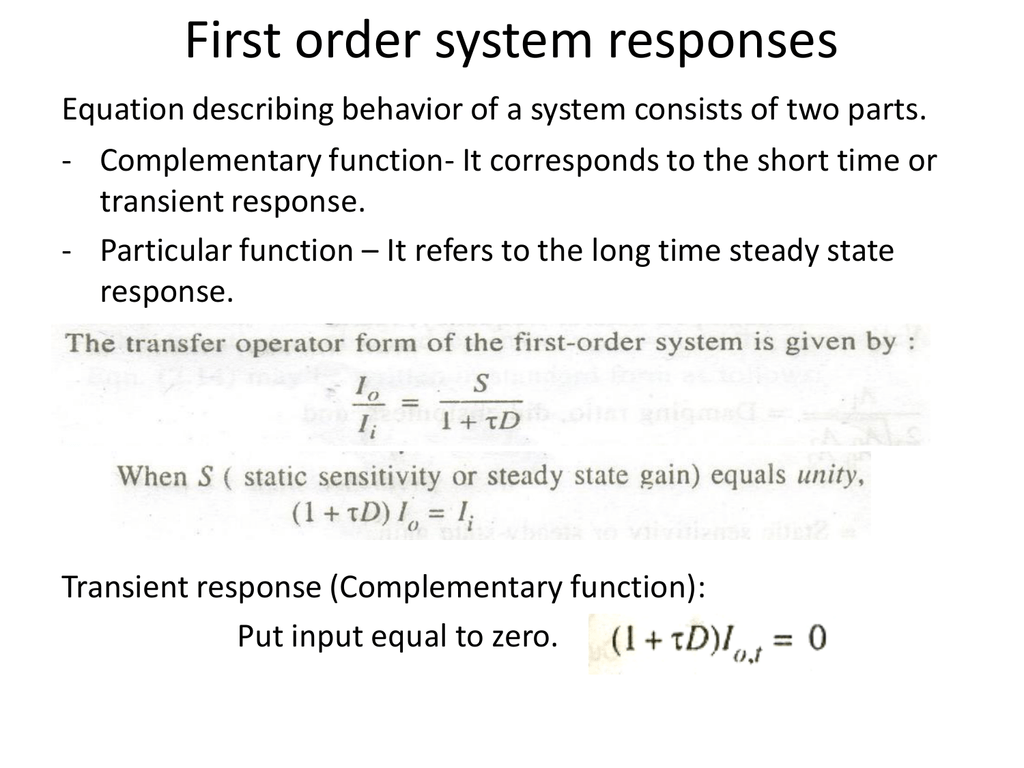
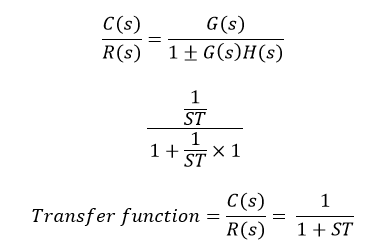

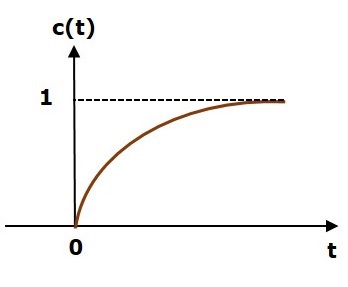



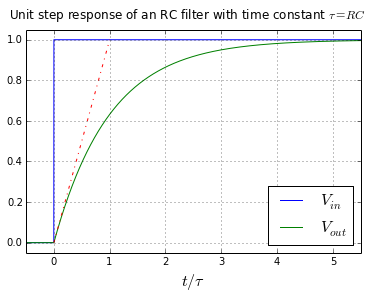


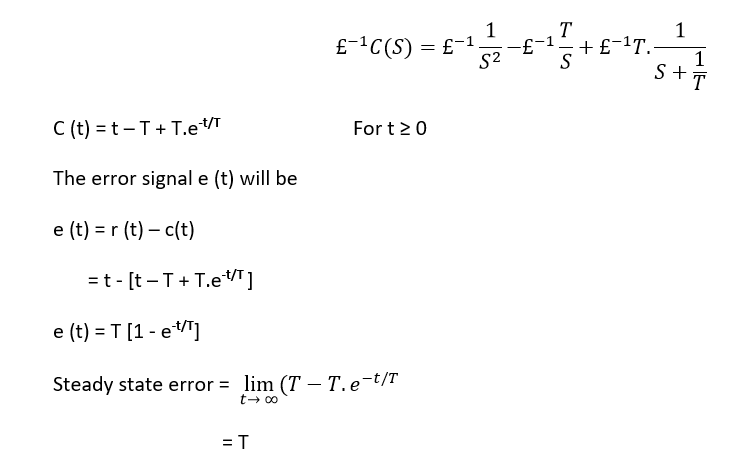




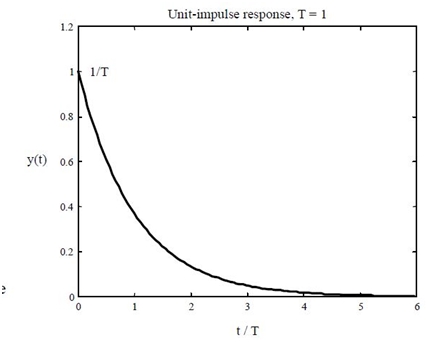

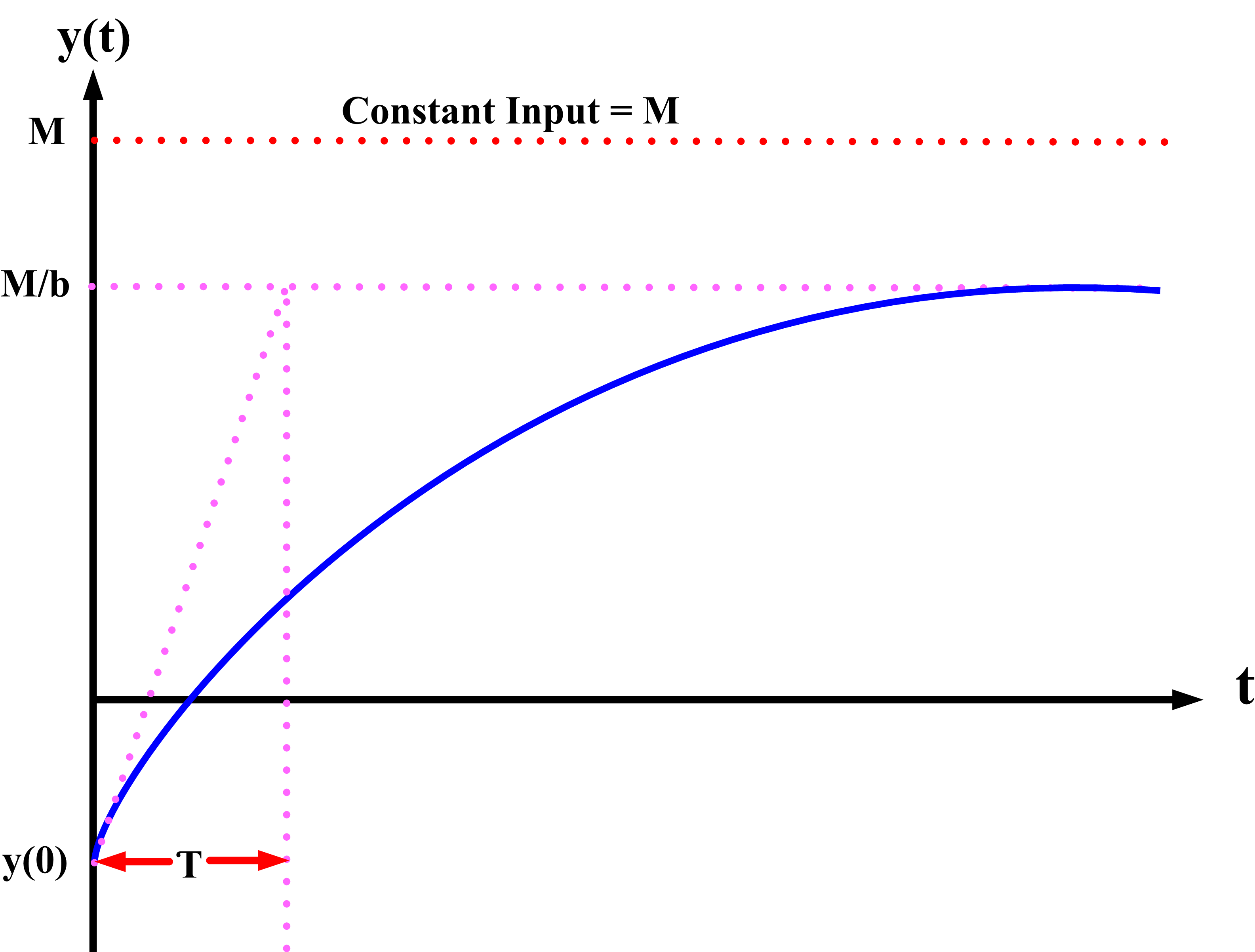
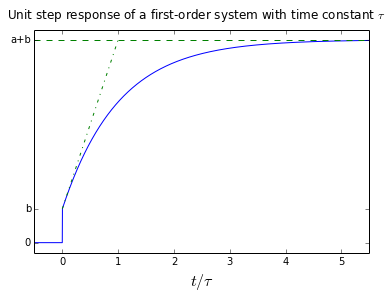
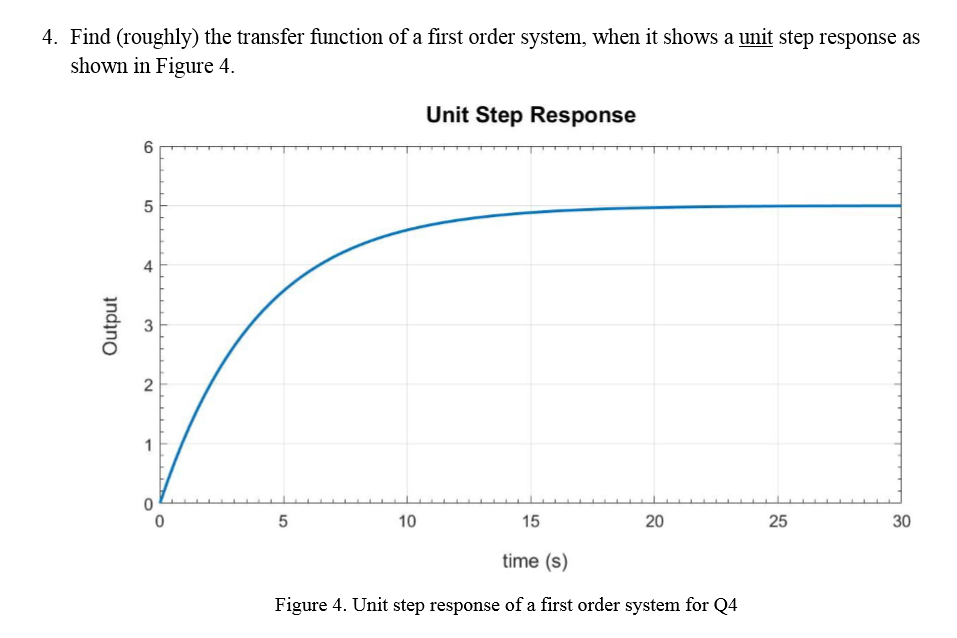





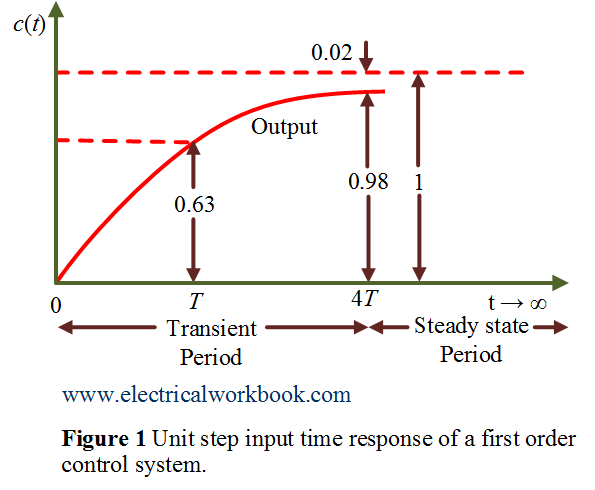
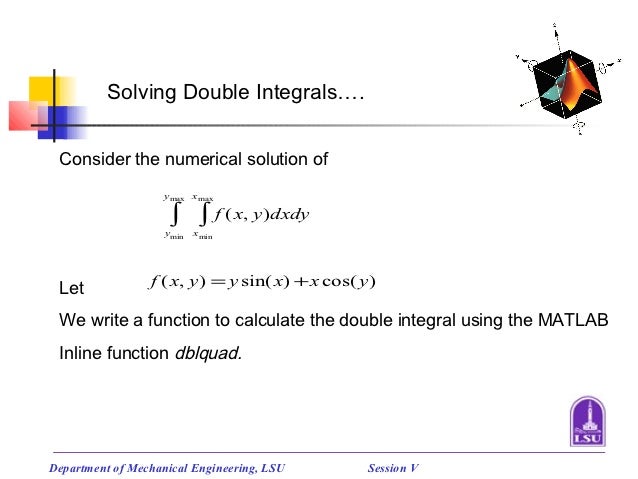



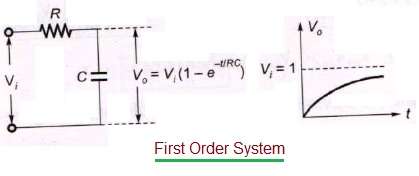






Post a Comment for "What Is A First Order System"